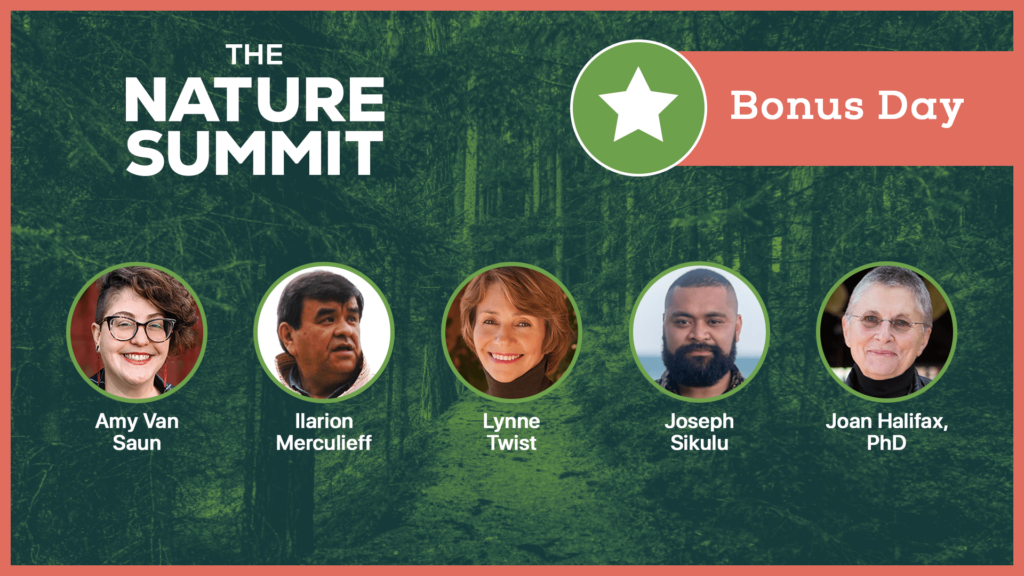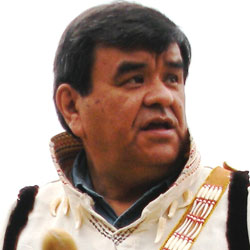

Present…
The Nature Summit

Scroll Down for all of Today’s Sessions
Get lifetime access…
Save 38% Today, Discount ends in..
[hurrytimer id=”10162″]
Your Bonus Day Sessions

Lynne Twist
Answering the Call: Visionary Leadership and the Transformative Power of Commitment
- Answering the call to leadership, particularly during this time of ecological crisis
- Recognizing the Earth and its resources belong to the whole community of life and the human species can no longer continue to dominate Earth’s life support systems
- Learn the importance of being rooted in what you are for, rather than what you are against
Ilarion Merculieff
Embodied in the Heart: Rediscovering Who We Really Are
- The wonder of experiencing beauty through listening rather than expressing what you are feeling in words
- Why becoming more embodied in our hearts is necessary to address the ecological and cultural challenges of our time
- Discovering the sacred feminine nature of the Universe and how it manifests in humanity
Joan Halifax, PhD
Compassionate Action, Spirituality and Our Planet
- The ways in which nature is aligned with spiritual awakening
- Why being a steward of the land is an integral part of spirituality
- How to apply diversity, self-discovery and activism to the Earth
Joseph Sikulu
Faith, Culture and Community in the Fight Against Climate Change
- How our faith and upbringing affect our relationship to climate change
- Insight into the environmental justice movement and intersectionality
- The persuasive power of compelling storytelling to inspire change
Amy Van Saun, JD
From Farm to Table: Understanding the Environmental and Social Impacts of Modern Food Production
- Recognizing how today’s food is produced and the ways it harms many of our natural systems, our communities and our health
- Understanding ways of protecting farmers, communities and the environment from industrial agriculture, which relies heavily on synthetic inputs and fossil fuels
- How the current ways of approving pesticides are flawed and in need of systematic change




